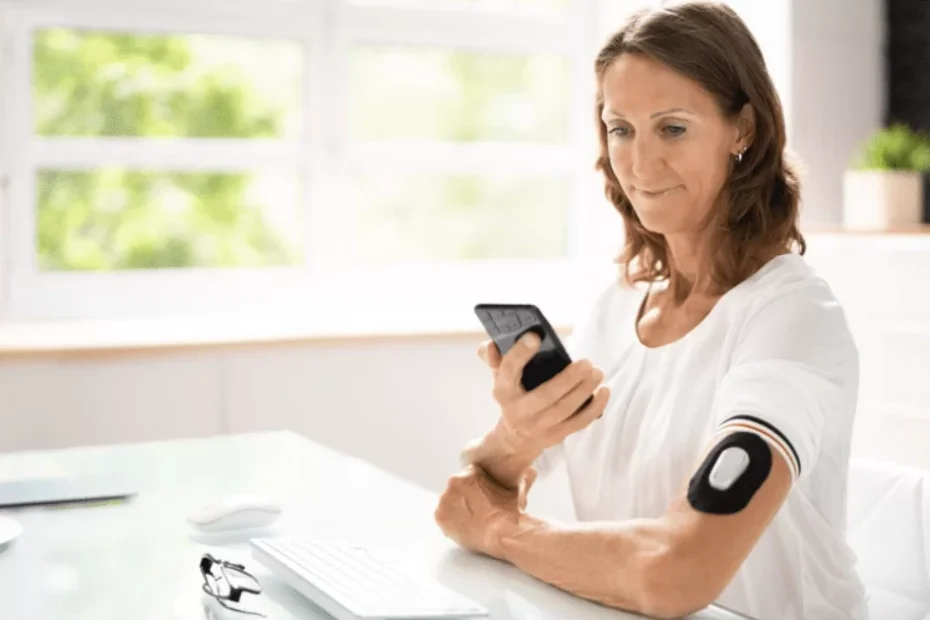Cardiac monitors are indispensable tools in the medical industry, aiding healthcare professionals in diagnosing and monitoring patients’ heart activity. The advancement of technology has paved the way for a variety of cardiac monitoring devices, each suited to specific clinical scenarios. This guide aims to dissect the options available, their applications, and best practices for utilization, ensuring that healthcare professionals can make informed decisions in their clinical practices.
Understanding Cardiac Monitors
The Role of Cardiac Monitors in Modern Healthcare
Cardiac monitors are critical for continuously assessing the cardiac activity of patients. They are used in numerous settings, including emergency rooms, intensive care units, and during routine check-ups. These devices help in detecting arrhythmias, cardiomyopathy, and other cardiac conditions that might require immediate intervention.
Types of Cardiac Monitors
- Holter Monitors: These are portable devices worn by the patient that record heart activity for 24 to 48 hours.
- Event Monitors: Used for longer periods, these monitors record cardiac events as they occur.
- Implantable Loop Recorders: These are surgically placed under the skin and can monitor heart rhythms for extended periods, typically up to three years.
- Smart Wearable Monitors: Increasingly popular, these devices offer real-time heart monitoring integrated with smart technology.
Technological Advances in Cardiac Monitoring
Innovations Enhancing Cardiac Care
Technological advancements have significantly enhanced the efficacy and convenience of cardiac monitors. Features like remote monitoring and data analysis through AI have revolutionized how cardiac data is interpreted and used.
The Impact of AI on Cardiac Monitoring
AI algorithms can predict potential heart failures and other cardiac issues by analyzing data trends. This not only enhances patient outcomes but also optimizes healthcare resources.
Choosing the Right Cardiac Monitor
Factors to Consider
When selecting a cardiac monitor, healthcare professionals should consider:
- Clinical needs: The specific cardiac conditions being monitored.
- Usability: How user-friendly the device is for both patients and healthcare providers.
- Data accuracy: The reliability of the data collected.
- Cost: Budget constraints and insurance coverage.
Comparing Top Cardiac Monitors
An unbiased comparison of leading cardiac monitors provides insights into their functionalities, advantages, and limitations, helping professionals make well-informed choices.
Implementing Cardiac Monitoring in Clinical Practice
Best Practices for Deployment
To maximize the benefits of cardiac monitors, healthcare institutions should adhere to best practices such as proper staff training, regular device maintenance, and strict adherence to privacy regulations concerning patient data.
Case Studies
Real-world case studies highlight the practical benefits and challenges encountered when using different types of cardiac monitors, offering valuable lessons and insights.
Legal and Ethical Considerations
Compliance with Healthcare Regulations
Healthcare providers must ensure that the use of cardiac monitors complies with local and international regulations. This includes the FDA approvals for medical devices in the U.S.
Ethical Use of Patient Data
The ethical handling of patient data is paramount. Professionals must secure consent and ensure data privacy, adhering to HIPAA guidelines in the U.S.
The Future of Cardiac Monitoring
Emerging Trends
Innovations such as integration with mobile health apps and telemedicine are setting the stage for the future of cardiac care.
Predictions for the Next Decade
Experts predict that cardiac monitors will become even more integrated with everyday healthcare, with enhanced capabilities for early detection and prevention of cardiac conditions.
Conclusion
Navigating the complex landscape of cardiac monitors requires a deep understanding of both the technological aspects and the clinical applications. By staying informed about the latest advancements and maintaining a patient-centric approach, healthcare professionals can effectively utilize these vital tools to improve patient outcomes. The future of cardiac monitoring is bright, with ongoing innovations promising to further enhance the capabilities and integration of these devices in everyday medical practice.
